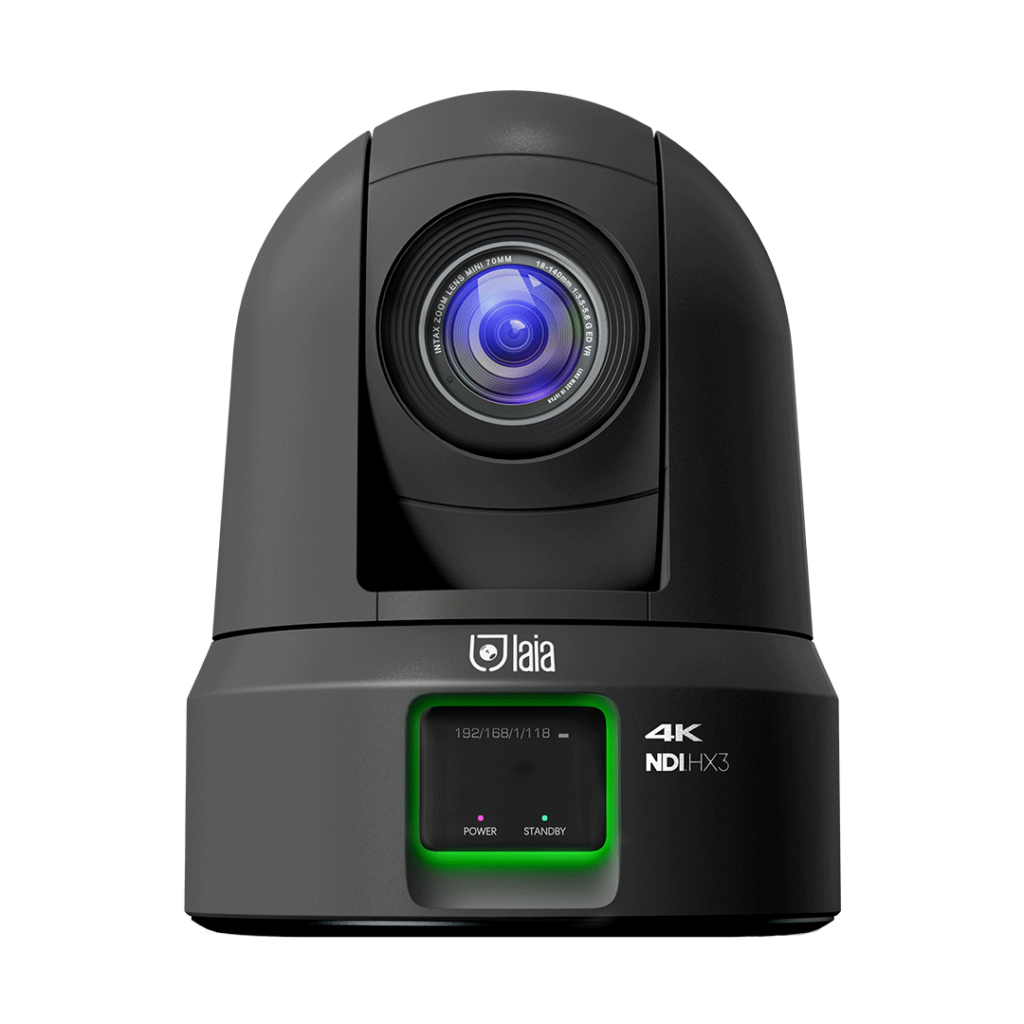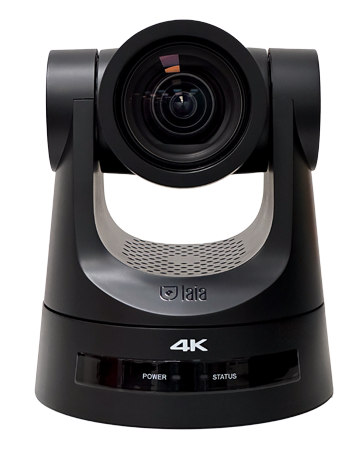Sensors in video conferencing cameras are key components that transform light into electronic signals to produce the image. Their main function is to capture the light entering through the lens and convert it into digital information, which enables real-time video transmission. A good sensor determines image quality in aspects such as resolution, brightness, contrast and color accuracy. In the context of video conferencing, where clarity and visual fidelity are essential for effective communication, sensors play a critical role in ensuring a clear, distortion-free image.
TYPES OF SENSORS IN VIDEOCONFERENCING CAMERAS
The two most common types of sensors in videoconferencing cameras are:

- CMOS (Complementary Metal-Oxide Semiconductor):
The CMOS sensor is the most commonly used sensor in video conferencing cameras due to its low power consumption and its ability to process images quickly. In addition, it allows several functions to be performed directly on the chip, making it ideal for this type of camera.
- CCD (Charge-Coupled Device):
Although less common in modern video conferencing, CCD sensors offer excellent image quality and are known for their light sensitivity. However, they consume more power and are more expensive to manufacture compared to CMOS.
DIFFERENCES BETWEEN A SMALL AND A LARGE SENSOR IN TERMS OF VIDEO QUALITY
The main difference between a small sensor and a larger sensor is in the ability to capture light. Larger sensors can capture more light, resulting in clearer and more detailed images, especially in low-light environments. Other differences include:
- Reduced image noise: Larger sensors tend to generate less digital noise in low light conditions, resulting in cleaner images.
- Better dynamic range: Larger sensors typically offer better dynamic range, allowing more detail to be captured in areas of shadows and highlights.
- Depth of field: Large sensors allow a greater depth of field, resulting in a more professional look, as the background can be slightly out of focus (bokeh effect).
THE IMPORTANCE OF THE SENSOR IN 4K OR FHD CAMERAS IN TERMS OF RESOLUTION
The sensor is crucial in determining how well a camera can handle high resolutions such as 4K or Full HD. A good quality sensor with a high pixel count can capture sharp and detailed images, which is essential in high-resolution video conferencing.
However, it is not only the number of pixels that is important. Pixel size also plays an essential role; larger pixels on larger sensors allow more light to be captured, which improves image quality in 4K or Full HD, especially in unfavorable lighting conditions.
In summary, while 4K or Full HD resolution may look impressive, if the sensor is not large or efficient enough, video quality can be compromised, with noisy or poorly lit images.
LATEST TECHNOLOGICAL TRENDS
Among the main technological trends in the development of sensors for videoconferencing, we find:
- Artificial intelligence (AI) sensors: The incorporation of AI in camera sensors is enabling advanced image processing, such as automatic adjustment of lighting, automatic framing of participants and background noise reduction.
- Improved light sensitivity: Manufacturers are developing sensors with increased light sensitivity, resulting in better video quality in low-light conditions, a common situation in offices and meeting rooms.
- 3Dsensors and multi-sensor cameras: These technologies enable greater image depth and could improve the way we interact in videoconferences by enhancing people tracking, gesture recognition and creating more immersive virtual environments.
- Optimization for teleworkingSensors are being developed with a focus on individual users in home workspaces, offering more compact cameras optimized for uncontrolled lighting conditions.
Laia's videoconferencing and broadcaster cameras offer an excellent choice for those looking to improve the quality of their virtual meetings or online broadcasts. With a clear image and crisp sound, they enable smoother and more effective communication, ideal for video calls, presentations, or streaming events. Discover them HERE.





